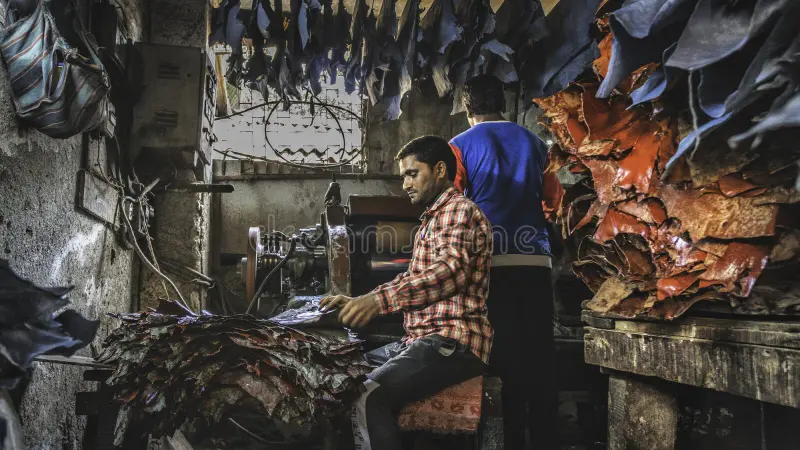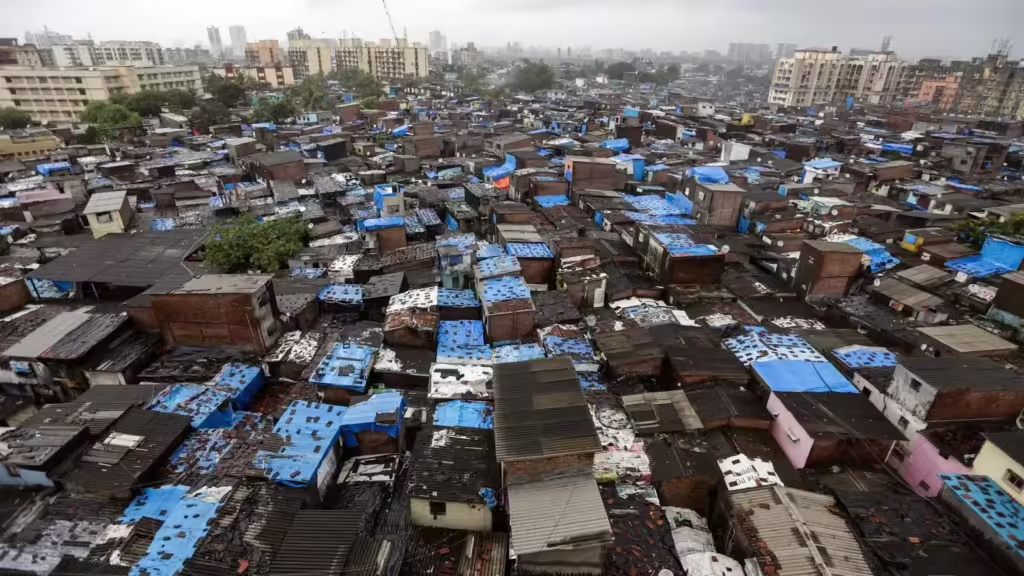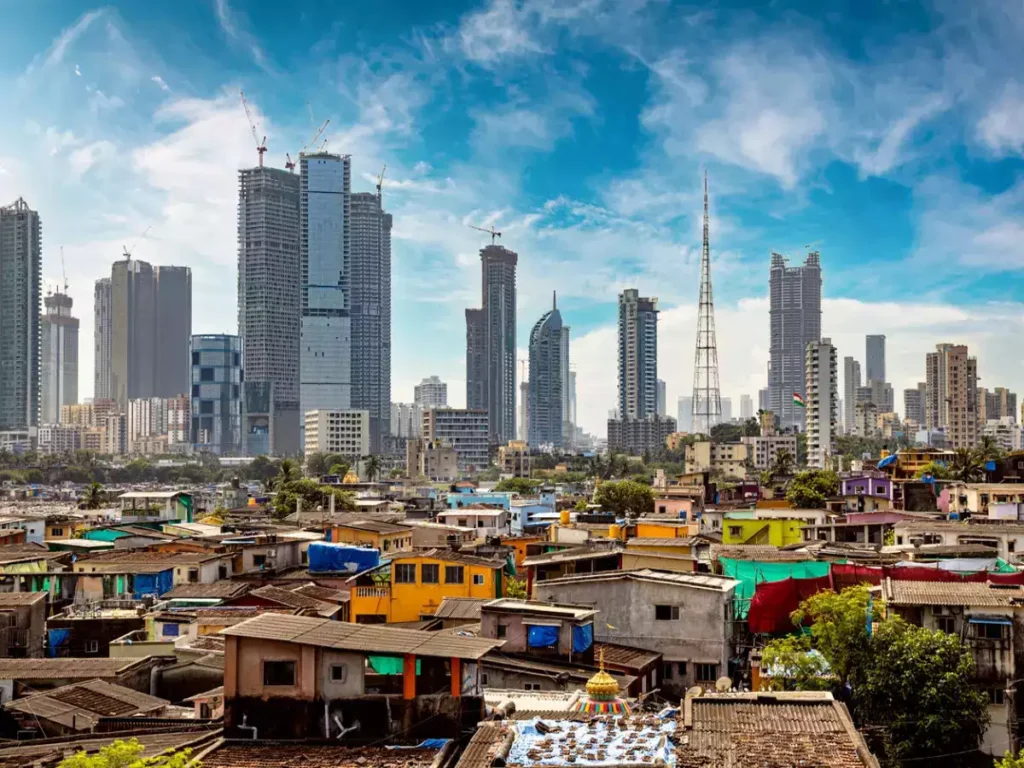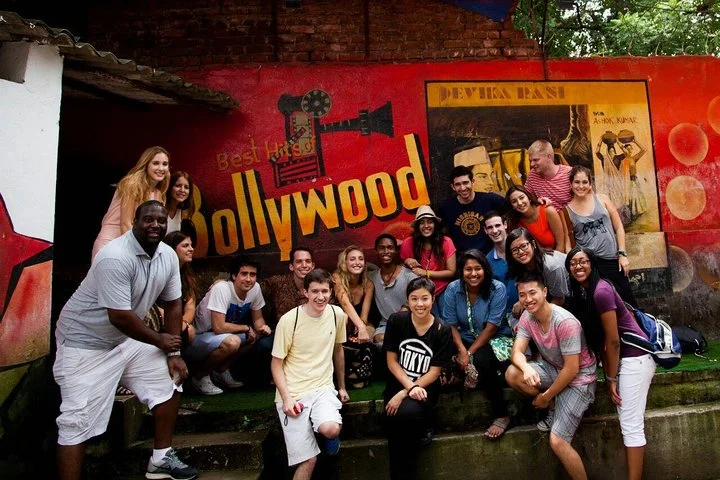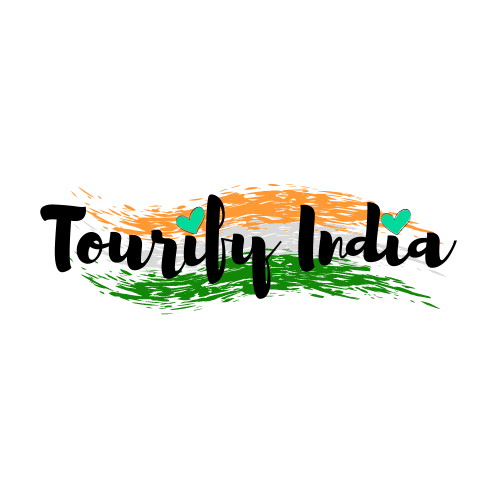Introduction: Why Dharavi Captivates Global Attention
Dharavi has captured the world’s imagination not just as Asia’s largest slum, but as a remarkable example of human resilience, entrepreneurship, and community spirit. This vibrant neighborhood in Mumbai challenges conventional perceptions of urban poverty, showcasing how a community can thrive despite challenging circumstances. From its billion-dollar informal economy to its rich cultural diversity, Dharavi offers unique insights into urban development, sustainability, and the power of grassroots innovation.
Dharavi, located in the busy city of Mumbai, is not only India’s largest slum but also the largest slum in Asia. This unique place is more than just a crowded area. It’s a lively community with small businesses, a rich culture, and a long history. Over the years, Dharavi has caught the world’s attention, with many visitors joining a Dharavi slum tour to see how people live and work in this vibrant neighbourhood. In this blog, we’ll explore some of the most exciting and surprising facts about Dharavi and how it has become an essential part of Mumbai’s urban landscape.
Economic Facts About Dharavi
A Powerhouse of Small Businesses
While Dharavi is often called India’s largest slum, it’s also a hub of economic activity. Dharavi is estimated to generate over $1 billion annually through various industries. Some of the critical sectors in Dharavi include:
Recycling:
Dharavi is known for its extensive recycling industry. Almost 80% of Mumbai’s plastic waste is recycled here. Workers collect, sort, and process recyclable materials, contributing to the local economy and environmental sustainability.
Textiles and Leather:
Many of Mumbai’s leather goods and textiles are produced in Dharavi. Small factories and family-run businesses create products sold locally and internationally.
Pottery:
One of the oldest industries in Dharavi is pottery-making, which is particularly popular in Kumbharwada, an area known for its skilled potters.
Economic Activity and Industries
Despite its dense living conditions, Dharavi is home to a thriving economy with an estimated 10,000 businesses. These include small-scale industries specializing in leather goods, textiles, pottery, and food processing. The area is particularly well-known for its leather industry, producing high-quality products that are exported worldwide. Additionally, Dharavi has a robust recycling sector, playing a vital role in Mumbai’s waste management system. Around 60% of the city’s segregated waste is processed here, emphasizing Dharavi’s crucial contribution to environmental sustainability.
Entrepreneurial Spirit and Innovation
One of Dharavi’s standout features is its remarkable entrepreneurial spirit. The informal economy in Dharavi is estimated to have an annual turnover of more than $1 billion. The area is a hub for innovation, with small-scale industries and businesses constantly adapting to meet local and international demand. Entrepreneurs in Dharavi often start small but have managed to create thriving businesses, showcasing the resilience and creativity that define this community.
These small businesses are the lifeblood of the community, providing employment and generating income for thousands of families. A Dharavi private tour often includes visits to these bustling industries, giving tourists a closer look at how these businesses operate in a densely packed environment.
The Heart of Mumbai’s Informal Economy
Dharavi plays a crucial role in the city’s informal economy. Many of the goods produced here are sold across Mumbai and beyond, and Dharavi has become a vital economic engine for the city.
The informal economy thrives in Dharavi, with small-scale industries operating without formal recognition. This means businesses often don’t pay taxes or adhere to regulations but provide essential products and services to the broader economy. Whether it’s leather goods, recycled plastic, or pottery, the products from Dharavi find their way into Mumbai’s markets and even international supply chains.
Community and Culture Facts About Dharavi
Cultural Diversity in Dharavi
One of the most interesting facts about Mumbai’s largest slum is its rich cultural diversity. Dharavi is home to people from all over India. Residents speak different languages, practice various religions, and celebrate various festivals. It’s a melting pot where cultures from across the country blend.
Languages Spoken: Marathi, Hindi, Tamil, Urdu, and more.
Religions Practiced: Hinduism, Islam, Christianity, and other faiths.
Population and Cultural Diversity
Dharavi’s population is a rich mix of diverse communities from all over India. Residents belong to different religious, cultural, and ethnic backgrounds, contributing to a unique and vibrant cultural fabric. The area is known for its various festivals, local traditions, and cultural practices, which are deeply ingrained in the everyday life of its residents. The narrow lanes and bustling neighborhoods are filled with the sounds of celebrations, religious rituals, and community gatherings.
This diversity is part of what makes Dharavi so unique. Different communities within the slum have unique traditions, festivals, and cultural practices, yet they all coexist peacefully in the crowded lanes. Visitors on a Dharavi slum tour often get a chance to experience this vibrant cultural life up close.
A Focus on Education
Education is highly valued in Dharavi, and many families work hard to ensure their children receive a good education, even in tough conditions. There are several schools in the area, both government-run and private, where children learn in crowded classrooms. Education is seen as a pathway to a better life, and many young people from Dharavi go on to pursue higher education and professional careers.
During a Dharavi slum tour, visitors may stop by local schools to learn about the importance of education in the community and the challenges students and teachers face.
Size and Population Facts About Dharavi
A Small Area with a Huge Population
Though it covers just 2.1 square kilometres, it’s home to over 1 million people! The population density here is staggering, with more than 300,000 people per square kilometre. This makes it one of the most densely populated places on Earth. Despite the crowded conditions, Dharavi is a self-sufficient community where people have built homes, businesses, and lives.
Due to its immense size and importance, Dharavi often leads discussions about urban development and housing in India. For many visitors, a Dharavi group tour offers a chance to witness firsthand how such a large community thrives within a small area.
Unique Aspects of Dharavi You Should Know
Challenges of Life in Dharavi
While Dharavi is a place of vibrant culture and industry, it also faces significant challenges. The primary issues include:
Overcrowding:
With over 1 million residents packed into a small area, space is minimal. Families often live in tiny homes, with multiple generations sharing a single room.
Sanitation:
Access to clean water and proper sanitation is limited. Many homes lack indoor plumbing, and residents rely on community toilets and public water taps.
Health Issues:
Due to overcrowding and poor sanitation, diseases can spread quickly in Dharavi. Healthcare facilities are often overburdened, and residents may need help to get the necessary medical care.
Despite these challenges, the people of Dharavi are incredibly resilient. Community efforts and local initiatives have improved sanitation, education, and healthcare.
Dharavi Redevelopment Plans
Because Dharavi is situated in the middle of Mumbai, a city with limited space, there have been numerous discussions about redeveloping the area. The government has proposed redevelopment plans to modernise the area by building new housing and infrastructure.
However, these plans are often met with resistance from residents. Many people fear that redevelopment will displace families and businesses, disrupt the community, and destroy the informal economy that sustains so many livelihoods. Others argue that modernization is necessary to improve living conditions.
While on a Dharavi private tour, visitors can learn more about the complexities of urban development and the delicate balance between modernisation and preserving Dharavi’s unique culture and economy.
Bollywood and Dharavi
Dharavi has gained international fame through movies and documentaries, most notably the Oscar-winning Slumdog Millionaire, which was partly filmed in Dharavi. The area’s iconic narrow lanes and colorful houses have also been featured in numerous Bollywood films.
Dharavi’s connection to cinema has also boosted tourism, with many visitors coming to Mumbai precisely to take a Dharavi slum tour. These tours provide a window into the real lives of Dharavi’s residents, far beyond what is portrayed on the big screen.
Why Dharavi Is Important Globally
Dharavi serves as a crucial case study for urban planners, economists, and social scientists worldwide. Its success in creating a thriving informal economy within challenging circumstances offers valuable lessons for sustainable urban development. The community’s innovative approaches to recycling, waste management, and small-scale manufacturing demonstrate how grassroots initiatives can contribute to environmental sustainability and economic growth.
Furthermore, Dharavi challenges global perceptions about poverty and urban slums, showing that these communities are not just centers of deprivation but also hubs of innovation, entrepreneurship, and cultural richness. This perspective is essential for policymakers and development organizations working on urban poverty alleviation worldwide.
How to Visit Dharavi Responsibly
When planning a visit to Dharavi, it’s crucial to approach it with respect and cultural sensitivity:
Choose Ethical Tour Operators: Select tour companies that employ local guides and contribute to the community’s development.
Respect Privacy: Remember that Dharavi is home to over a million people. Avoid intrusive photography and respect residents’ privacy.
Support Local Businesses: Purchase products from local artisans and businesses to contribute directly to the community’s economy.
Learn, Don’t Judge: Approach your visit with an open mind, ready to learn about the community’s achievements and challenges without preconceived notions.
Follow Guidelines: Listen to your guide’s instructions and follow community guidelines to ensure a respectful visit.
Plan Your Dharavi Slum Tour
For many tourists, visiting Dharavi is a chance to understand the different sides of Mumbai. A Mumbai tour that includes a Dharavi slum group tour or Dharavi private tour offers a unique perspective on life in one of the world’s most densely populated areas. Instead of focusing solely on the challenges, these tours showcase Dharavi’s people’s strength, creativity, and resilience.
Tourists can visit local businesses, meet artisans, and witness firsthand how this vibrant community operates despite the odds. Many visitors leave with a deep appreciation for Dharavi’s culture and economy, realising that this “slum” is much more than it seems from the outside.
When visiting Mumbai, you can combine this experience with a broader Magical Mumbai city sightseeing to explore Dharavi and other fascinating parts of the city, from its bustling streets to its iconic landmarks. A visit to Dharavi within a Magical Mumbai tours will leave you with a deeper understanding of the city’s contrasts, offering a glimpse into both its struggles and its remarkable spirit of innovation and survival.
Conclusion
Dharavi is a remarkable place filled with hardworking people, thriving businesses, and a rich cultural history. While life in Dharavi comes with its share of challenges, the resilience and ingenuity of its residents continue to make it one of the most unique and inspiring communities in the world. For those who want to see a different side of Mumbai, a Dharavi slum tour, whether group or private, provides an unforgettable experience that challenges common perceptions of life in urban slums.
It’s an experience that will stay with you long after you leave Mumbai, enriching your perception of the city and its vibrant people, while providing valuable insights into urban development, community resilience, and the power of human innovation in the face of adversity.
FAQs About Dharavi
Dharavi is famous for being Asia’s largest slum and for its remarkable informal economy worth over $1 billion annually. It gained international recognition through films like “Slumdog Millionaire” and is known for its leather industry, recycling operations, and entrepreneurial spirit despite challenging living conditions.
Dharavi is unique for its incredible population density (300,000+ people per square kilometer), thriving businesses operating in minimal space, cultural diversity with residents from across India, and its role in processing 60% of Mumbai’s recyclable waste. It’s also a hub of innovation and small-scale manufacturing.
Yes, tourists can visit Dharavi through organized, ethical tours led by local guides. These tours provide educational insights into the community’s daily life, businesses, and culture while ensuring respectful interaction with residents. It’s important to choose responsible tour operators.
Over 1 million people live in Dharavi within just 2.1 square kilometers, making it one of the most densely populated areas in the world. The population includes diverse communities from different parts of India, speaking various languages and practicing different religions.
Yes, Dharavi is generally safe for tourists when visited with reputable tour guides. The community is well-organized with local leadership, and guided tours follow established safe routes. However, visitors should follow their guide’s instructions and maintain respect for the local community and culture.

